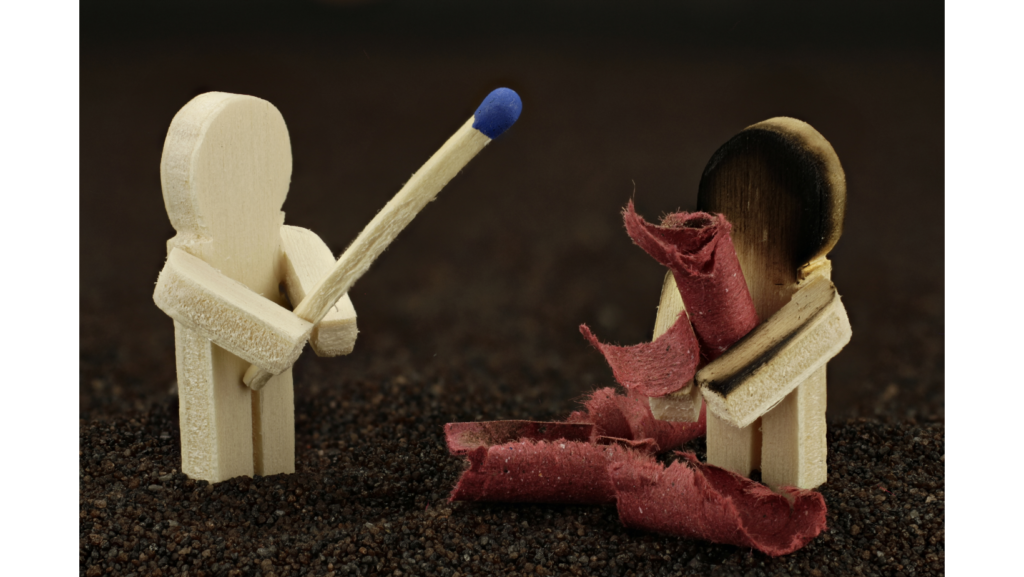As New Year approaches, many different types of celebration are being planned – with fireworks often featuring heavily. Unfortunately, this isn’t always done with the appropriate level of caution. Fireworks injuries are on the rise in Australia, often causing serious harm and sometimes even resulting in long-term disabilities.
Fireworks-related Injuries In Australia
The dazzling displays of colourful fireworks are now a common part of celebrating the new year. However, this fun activity can quickly become dangerous – or even fatal – when safety guidelines aren’t carefully followed.

Covid-19 has made the problem even worse – the cancellation of many commercial fireworks displays have encouraged many to use these low-order explosive devices in their own backyards.
Consumer fireworks are safe if proper safety protocols are known and strictly followed – but that’s not always a given.
Safety And Prevention
Be sure to follow the following safety tips to prevent fireworks injuries:
- Do not allow kids to use or play with fireworks.
Firecrackers, rockets, and sparklers have dangerous ingredients that can be harmful to children. If kids are playing with sparklers, make sure to light them outside and away from their face, clothing, and hair.
Do not also allow kids to pick up firework pieces after lighting them up. Some may still have spark and can explode at any time. A professional or a responsible adult should soak all fireworks in a bucket of water and leave them alone for several minutes (some fuses can burn even underwater) before disposing of them in an outdoor garbage bin.
- Only use legal fireworks.
Avoid buying illegal or fireworks without a label or manufacturer’s name.
- Never try to make fireworks.
Leave this job to the professional who knows their way around fireworks use and safety.
- Safe practices
Only use fireworks outside, in an open space. Prepare a bucket of water or a hose nearby in case of fire accidents.
- Steer clear the area
Ask bystanders to maintain a distance when setting off fireworks. These can easily backfire or shoot in the wrong direction, which is why distancing is essential. Never joke around by throwing or pointing these devices at a person or animal.
Always aim fireworks away from people and homes, and keep them away from flammable matter such as bushes and leaves.
First Aid For Fireworks Injuries
Here’s what to do if someone suffers from one of the following fireworks related injuries.
For Firework Burns:
Cool burn under cold running water for at least 15 to 20 minutes. Cooling helps reduce pain and swelling and can lessen the risk of scarring. The longer the injury is under cool water, the less severe it will be (to a point).
After cooling in water, cover the injury with cling film or a clean plastic bag. This step helps the spread of infection by keeping the wound area clean.
Cling film or plastic bags are ideal for burns as they do not stick to the wound. It can also reduce the pain by keeping air from the skin’s surface.
Call 000 if necessary. If you cannot do it, have someone dial Triple Zero. The burn from fireworks injury may require urgent medical treatment in some cases.
When in doubt, seek medical advice from health professionals.
For Eye Injuries:
Getting a spark or a piece of debris into the person’s eye is a first aid situation. Start with covering it with a plastic cup or similar object to create a shield. Do not rub or flush the eye to prevent friction. If the pain is significant, use pain medication and head to the nearest emergency room – or call 000 at once.
For Loss Of Limb:
Call 000 for an ambulance immediately – loss of limb or body part is a potentially life threatening injury. Follow first aid procedure to control the bleeding until the ambulance arrives. If possible, recover the separated body part and cover it in moist, sterile gauze – in the hopes that it can be reattached by surgeons.
First Aid Training
Many people plan to celebrate New Year parties at home, with plenty of food, and fireworks for fun and entertainment. Always be aware of the risks – and make sure someone on site is trained in first aid.
Keep the celebration fun and stress-free by taking first aid classes to learn how to respond to injuries such as burns, eye injuries, and potential limb loss.








